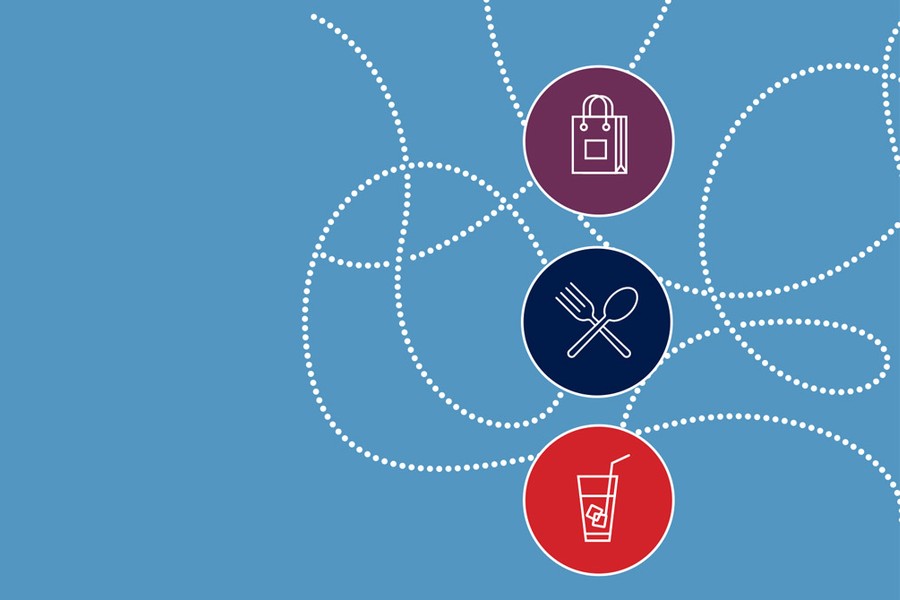When I sit down to write this column I usually do so with a bright and unique insight in my mind. I aim for a conclusion that will craft sense and direction from the noise and chaff that clouds our thoughts and vision. On this occasion I feel pulled in different directions; I make some progress on the sense front but less so on the directional view.
In the US we have economic growth that stalled at an annual rate of 2.9% in Q3 2014 and which has drifted off to the current 2.7% level. Every time that Janet Yellen even thinks about raising the Fed Funds rate from the current 0.25% the economy seems to shudder to the point where a rate rise is no longer necessary. You could be forgiven for concluding that she controls the US economy with telepathy rather than monetary policy. But at the same time the citizens of the US are enjoying some strong real wage growth of 2% and strong employment. That is the positive; and that is why we see the market discounting a 75% chance of a December hike.
China’s growth is slowing. The worry here is that they go for currency depreciation and export deflation which sets off a deflationary spiral which necessitates more Quantitative Easing (QE) or other stimulus from the West. If Chinese and other emerging currencies fall, it puts pressure on those non-US debtors who owe money in an ever-increasing-in-value US dollar. The fear is that the ensuing defaults put pressure on the Western banking and investment markets, who stop lending and we tip into recession. Slower growth could prejudice China’s ability to finance their own domestic debts as well.
The positive here is that Chinese growth has not stopped (I think) and that we get an orderly transition to an economy more driven by consumers consuming and less by investors building.
In Europe, the QE that started in March 2015 is pretty much doing what it said on the tin. Equity markets are higher than when it was announced and interest rates are lower. And Europeans, like the Americans, are enjoying 2% real wage inflation.
Slower growth could prejudice China’s ability to finance their own domestic debts as well.
Here in the UK we also find ourselves being able to enjoy yet greater real wage inflation at the 2.5% level, but rather like the US, finding the rate of growth slowing a touch. The uncertainty of Brexit is probably not helping investment.
Either the Western consumer, buoyed by real wage inflation, shops, eats and drinks us out of our problems and rates go higher; or the Chinese-inspired deflationary spiral takes hold and we face the bottomless pit of a similar prospect.
I fancy the former, and a US rate increase that does more harm than expected, allowing you to buy the dip. So if you wish to be altruistic to head off the Chinese doom-and-gloom merchants, sell your longer dated bonds with a view to spending the proceeds on an even longer duration purchase, such as a new kitchen.


